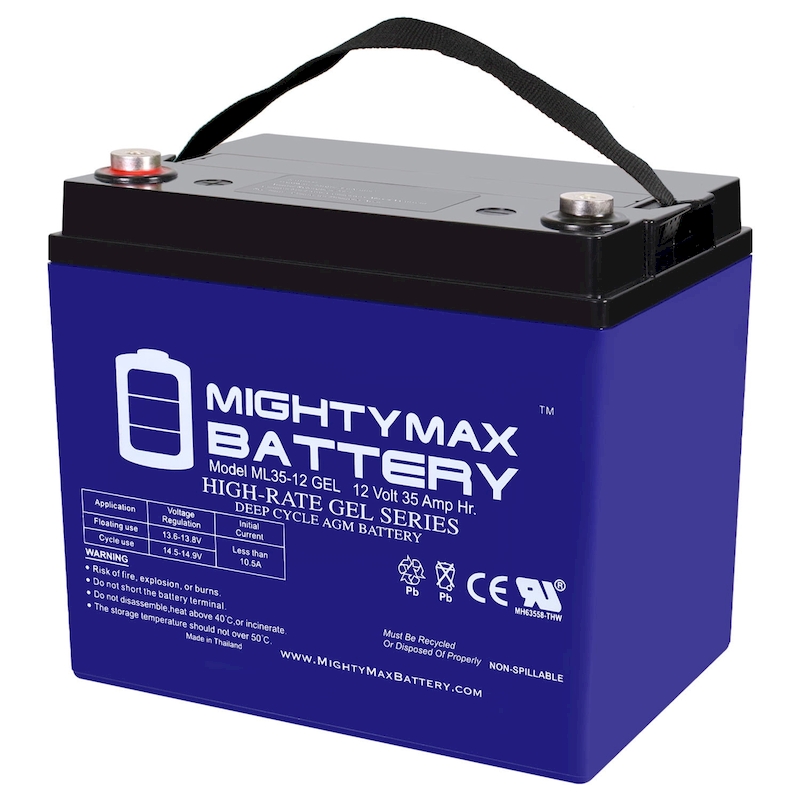Introduction
Car batteries are often the unsung heroes of automotive technology, quietly powering every electrical component of a vehicle and ensuring a smooth start every time you turn the key. But how do car batteries work? This question is vital for any car owner to understand, as a weak battery can lead to frustrations like being stranded in a parking lot or, worse yet, failing to start when you need it most. Car batteries serve as the heart of your vehicle’s electrical system, providing the necessary energy to start the engine while powering accessories like lights, stereo systems, and more. At their core, car batteries convert stored chemical energy into electrical energy through electrochemical processes.
In this article, we’ll dive deep into the science behind car batteries, exploring their components, functionalities, types, maintenance, and signs of failure. Whether you are a seasoned mechanic or just a curious car owner, this guide will provide valuable insights into how do car batteries work and how to care for them effectively.

Understanding the Basics of Car Batteries
Car batteries are rechargeable energy storage devices primarily designed to start the engine and power electrical systems when the engine is off. At the heart of every traditional car battery lies lead-acid chemistry, which has been in use for over a century. This type of battery consists of lead plates and a sulfuric acid electrolyte solution. When the battery discharges, a chemical reaction occurs between the lead plates and the electrolyte, generating electrical energy. Conversely, when the battery is charged, an external electrical current reverses the chemical reactions, restoring its energy capacity.
The fundamental working principle of a car battery can be explained through the terms “anode,” “cathode,” and “electrolyte.” The anode is typically made of lead dioxide, and the cathode is composed of sponge lead. The electrolyte facilitates the flow of ions, crucial for maintaining the battery’s voltage. Typically, a fully charged car battery supplies about 12.6 volts of electricity, while its operating range is between 12.4 and 12.6 volts when the vehicle is not running.
The Anatomy of a Car Battery
To grasp how do car batteries work, it’s essential to know their key components. Here’s a closer look at the anatomy of a typical lead-acid car battery:
Lead Plates
These plates are crucial for the chemical reactions that occur within the battery. They are arranged alternately within the battery cells to maximize surface area. The plates, typically made from lead, react with the sulfuric acid electrolyte, generating electrical energy.
Electrolyte
The electrolyte in a car battery is a mixture of distilled water and sulfuric acid. It plays a vital role in facilitating the electrochemical reactions between the lead plates. The concentration of sulfuric acid helps to determine the battery’s overall performance.
Separators
Separators are made from a non-conductive material and keep the anode and cathode plates apart. They prevent short circuits while allowing the flow of ions necessary for the chemical reactions.
Terminals
Car batteries come with two terminals: a positive (+) and a negative (-). These terminals connect the battery to the electrical system of the vehicle. Proper connection and disconnection of these terminals are essential to avoid sparking and electrical shorts.
Battery Case
The external casing of the battery serves multiple purposes. It protects the internal components, holds the electrolyte, and ensures that the battery maintains structural integrity. Most battery cases are made of polypropylene or similar materials, which can withstand degradation from the acid within.
Types of Car Batteries
Understanding the various types of car batteries is crucial for knowing how do car batteries work in different vehicles. The main types include:

Lead-Acid Batteries
These are the most common type of batteries found in cars. They can be further divided into two categories:
- Flooded Lead-Acid Batteries: These are the traditional car batteries filled with liquid electrolyte. They require maintenance such as regular checks and refilling of fluids.
- Absorbent Glass Mat (AGM) Batteries: AGM batteries are maintenance-free. They use fiberglass mats to absorb the electrolyte, making them spill-proof and offering better performance and life span, especially in extreme conditions.
Lithium-Ion Batteries
These batteries are becoming increasingly popular in modern vehicles, especially electric and hybrid models. They provide higher energy density and longer life and are lighter than lead-acid batteries. However, they are also more expensive and require special management systems to ensure safety and performance.
Gel Cell Batteries
Another type of maintenance-free battery, gel cell batteries, use a gel-like substance for electrolyte instead of liquid. They are less prone to leakage and respond well to deep cycling, making them suitable for high-performance applications.
How Car Batteries Function in Starting Your Vehicle
The starting process is perhaps the most critical aspect of how do car batteries work. Here’s a simple breakdown of the steps involved when you start your vehicle:
- Ignition Key Turned: When you turn the ignition key, it activates the starter motor, which draws energy from the battery.
- Electrical Connection Established: The electrical circuit closes, allowing current to flow from the battery to the starter motor.
- Starter Motor Engaged: The starter motor then engages, turning the engine’s flywheel and cranking the engine. This process requires a significant amount of energy, often draining a substantial portion of the battery’s reserve.
- Ignition of the Air-Fuel Mixture: As the flywheel turns, the engine’s pistons move up and down, and the ignition system ignites the air-fuel mixture in the cylinders, resulting in the engine starting.
- Charging System Takes Over: Once the engine starts running, the alternator kicks in and begins charging the battery. The alternator takes over to supply power to the electrical systems of the vehicle, ensuring that the battery remains charged and ready for the next start.
Battery Maintenance Tips for Longevity
To ensure that your car battery remains reliable over time, practicing good maintenance is essential. Here are some crucial tips:
Regular Inspections
Periodically check for physical damage and corrosion on the terminals. Corroded terminals can prevent the battery from delivering the needed power to start the vehicle.
Clean the Terminals
If you notice corrosion, it’s vital to clean the terminals with a mixture of baking soda and water. Disconnect the terminals before cleaning to prevent electrical shorts.
Maintain Optimal Charge Levels
Make sure that your battery is correctly charged. You can check the charge level with a multimeter. The ideal resting voltage should be around 12.6 volts.
Test the Battery
Use a battery tester regularly to assess your battery’s health. This tool will help determine if the battery can hold a charge and if it is time for replacement.
Avoid Extreme Temperatures
Extreme heat or cold can impact battery performance adversely. Whenever possible, park in shaded areas or garages to protect the battery from temperature extremes.
Drive Regularly
Frequent short trips can prevent the battery from charging fully. Aim to drive your vehicle regularly and for longer distances to keep the battery charged.
Signs that Your Car Battery is Failing
Recognizing the early signs of battery failure can save you significant hassle down the road. Here are some common indicators:
Dim Lights
If you notice that your headlights or interior lights appear dimmer than usual, it may indicate that the battery is unable to provide enough current.
Slow Engine Crank
A sluggish or slow crank when starting the engine is a classic sign of a weak battery. If it takes longer than usual to start your vehicle, your battery may be failing.
Warning Light
Many modern vehicles come equipped with a battery warning light on the dashboard. If this light illuminates, it could signify an issue with the battery or charging system.
Swelling or Bulging
Physical deformities such as swelling or bulging of the battery case can indicate an internal failure. If you see these signs, it’s time to replace the battery.
Strange Smells
A rotten egg smell or any unusual odor near the battery could indicate a leak or thermal runaway. This scenario can be dangerous and requires immediate attention.

Conclusion
Understanding how do car batteries work is essential knowledge for any car owner. They are fundamental to your vehicle’s operation, powering everything from ignition to electronic systems. The intricate components within a battery enable the chemical reactions that provide the necessary energy to start your vehicle and ensure safe driving conditions. Maintenance, regular checks, and awareness of battery performance can significantly extend the life of your battery and enhance vehicle reliability. In a world moving towards electric vehicles, appreciating the traditional lead-acid battery’s role in automotive history remains important. By educating yourself about battery types, functions, and signs of wear, you can ensure that you and your vehicle will be less susceptible to automotive surprises, keeping you worry-free on the road.

